Cleethorpes Air Raid Shelter
The first privately owned air raid shelter in Britain, built after a horrifying night of Zeppelin bombings.
Less than a minute’s walk from the Cleethorpes seafront, behind one of the many old, terraced streets that snake from the shoreline, is a curious building of robust design. Constructed during World War I, this strange cement block is actually an air raid shelter built specifically to protect from Zeppelin attacks.
The shelter was commissioned in 1916 by Joseph Forrester to protect his family and is the first privately constructed air raid shelter in England. Forrester, a councillor and chemist of some renown, achieved national fame for his Forrester’s Ferric Food tonic, which he brewed at the rear of his store in Cleethorpes.
The shelter’s walls are half a meter thick and were designed to withstand a blast from one of the 25 pound bombs that were regularly carried by German Zeppelins. Forrester was urged into building his shelter after a particularly bloody attack on Cleethorpes and Grimsby in April, 1916.
During the early days of WWI, the German military, armed with their newly developed fleet of airships, began to systematically bomb cities throughout the United Kingdom. On April 1st, 1916, Kapitein-Luitenant Martin Dietrich’s Zeppelin (L22) was suffering from engine troubles. He pulled away from his planned attack route and headed for home. As L22 approached the Lincolnshire coast it came under heavy attack from an anti-aircraft position. Dietrich, in his unwieldy airship and surrounded by enemy fire, made the decision to lighten his load and jettison the bombs L22 carried.
Many of the explosives fell harmlessly in surrounding farmland. However, one scored a direct hit on the town’s baptist church. In a stroke of misfortune, the chapel was being used overnight as a temporary billet for 70 soldiers. The recruits from the Manchester Regiment had arrived in Cleethorpes the previous day and were awaiting assignment in France. The chapel’s roof and north wall were completely destroyed by the blast, caving in on the soldiers below. A total of 31 men were killed in the attack and many more were injured.
A nurse, recorded only as Mrs. Ellis in the library of St. Aidan’s Church, was one of the first people to respond to the explosion. Her diary is kept as part of the Church’s records. When describing the night, she writes:
“Dante’s Inferno – 3 room floors covered with bodies, dead, dying and suffering and hardly any light. Proceed to do what we can. First man I go to dead. We telephone (hospital) and fill up ambulances.”
Most of the dead are buried in a communal grave at Cleethorpes Cemetery where a memorial can still be visited today. The Baptist Chapel was rebuilt on the same spot and still exists, only a few hundred feet from Forrester’s air raid shelter. Forrester’s air raid shelter is now a protected building and functions as a garage. It is technically on private property and permission is needed before viewing it.
Know Before You Go
Hidden in the alleyway behind Yarra Road, close to the public library. Look for the Comat Hotel and it's the alley to the rear of this terrace of properties. The alleyway is now gated so it may be locked.

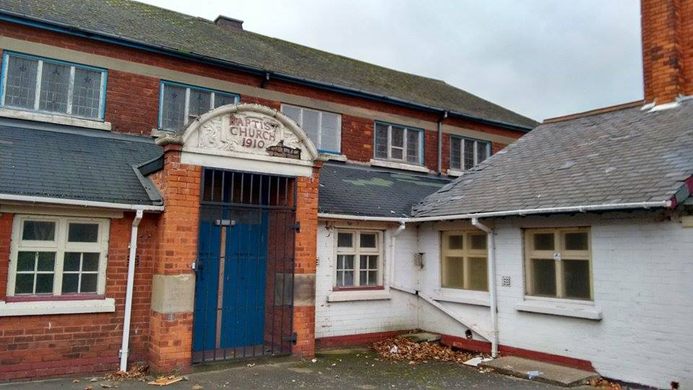
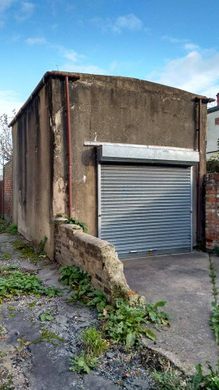
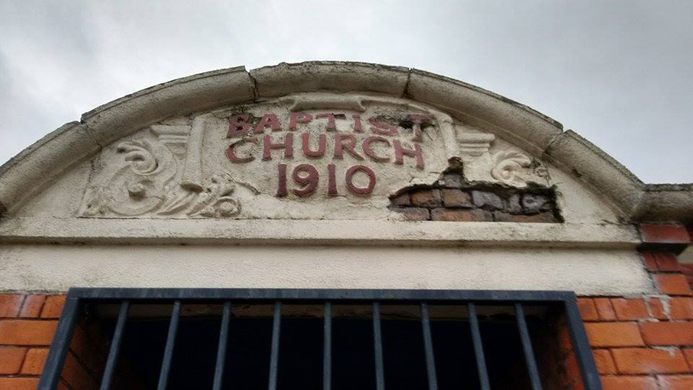
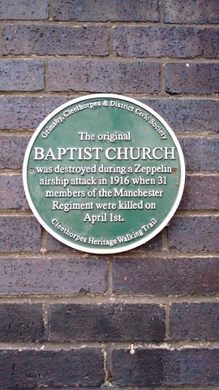





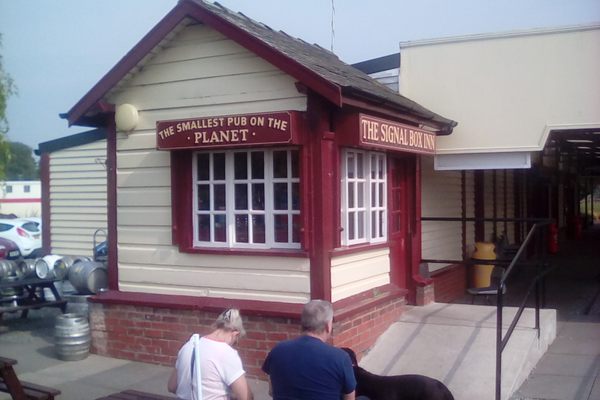

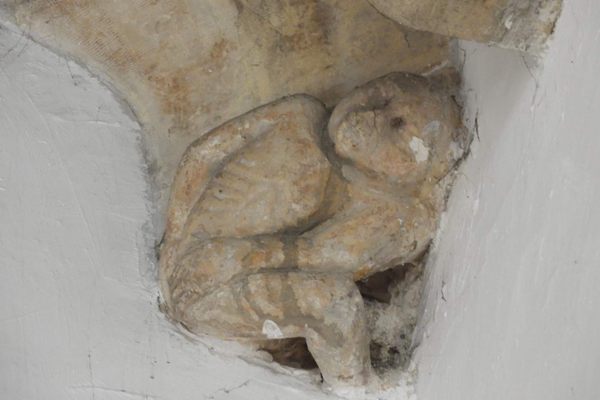
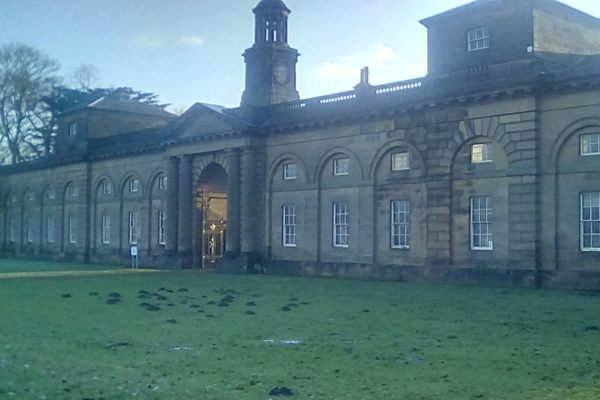





Follow us on Twitter to get the latest on the world's hidden wonders.
Like us on Facebook to get the latest on the world's hidden wonders.
Follow us on Twitter Like us on Facebook